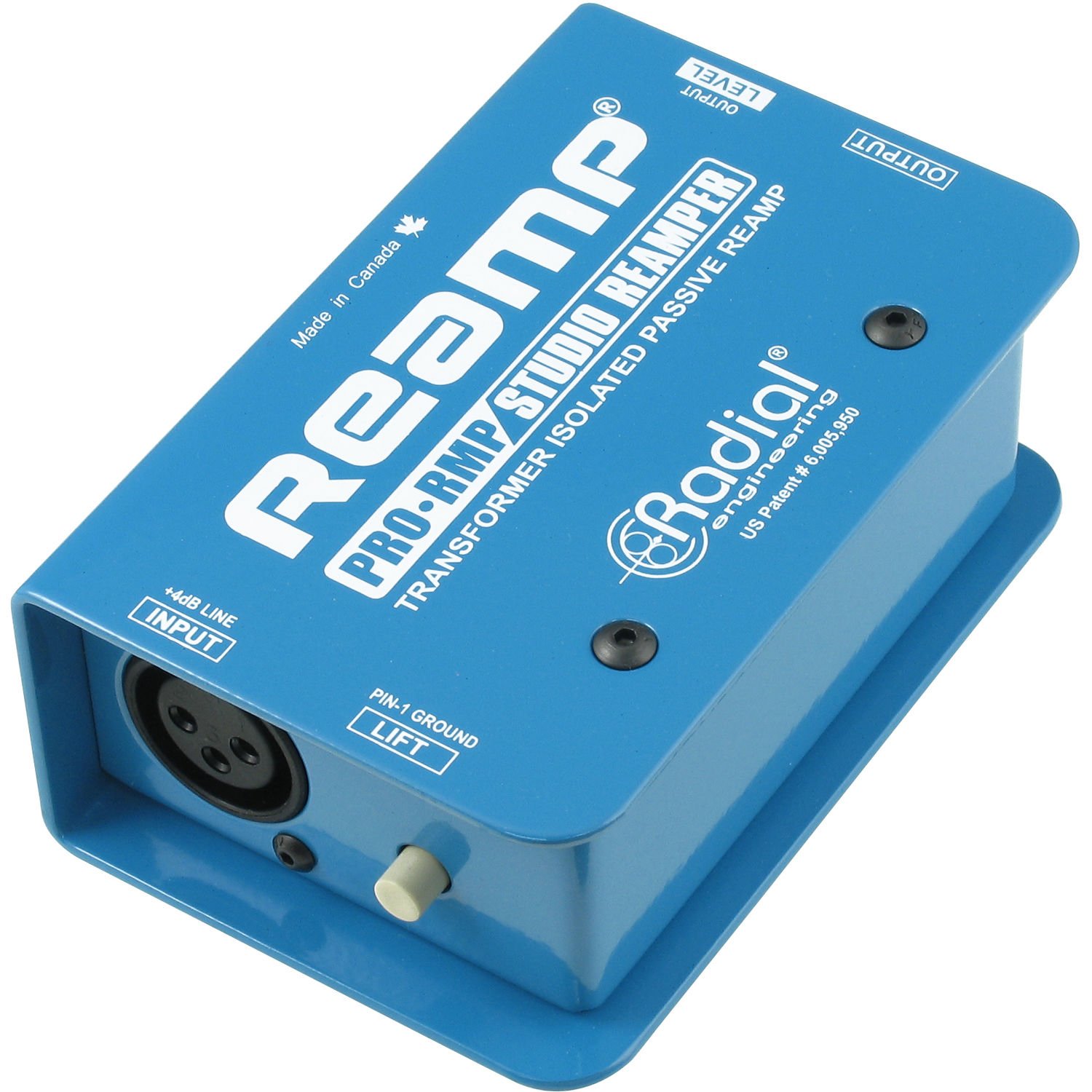

It was actually first used by bassists and the concept can apply to any audio clip you might have. Worst of all, the sounds you capture don’t work in the context of the final mix!īy simply placing a DI Box between your guitar and your pedals or amp, you can preserve an unaffected guitar performance that might end up saving you havingīest of all, reamping isn’t just for guitarists. We’ve all been there: you get the inspiration to record a riff or song idea, but end up spending unnecessary time tweaking your amp, setting up mics, etc.īy the time you’re ready to record you’re more focused on the tone than the music itself. It sounds arduous and time-consuming but bear with us here: this process could actually save you tons of time and revolutionise the sound of your music. A popular adage with recording is “garbage in – garbage out”, implying that you’re doomed if you mess up the tracking process, but what if there’s a way around this?Īs the name implies, it’s where you take a pre-recorded track and “re-amplify” it back through a speaker to achieve a tone that properly suits the song. Read more about how we test music-making gear and services at MusicRadar.Getting a good guitar tone is easy, settling on the perfect tone is impossible until you can hear it in the context of the mix. Obviously, this adds an extra level of depth to your tone and even means you can ditch the amp completely. As the name suggests, this makes your DI signal sound like it's coming from an amp and speaker cab. Lastly, it's becoming more and more common to see cabinet emulation built directly into the DI box. It can also be used in a recording setting to ensure you always have an unaffected clean signal, that you can reamp later. This is commonly used by guitarists or bassists to split the signal between the DI and their amplifier. The purpose of a thru is to allow you to send a copy of the signal - before conversion - somewhere else. A pad is used to tame loud signals and bring them down to a more manageable level.Īnother feature that is an absolute must is a thru output. It's also common to see pads on a DI as well. For us, this is a must-have feature as it can get you out of a sticky situation when all your gear starts to buzz and hum. This handy little button is there to eliminate noise caused by ground loops. One feature you'll see on most DI boxes is a ground-lift switch.

What other features do DI boxes have?Īs well as allowing you to plug your line-level instruments into your mic channel on your mixer, modern DI boxes also come loaded with extra features, all with the view of ensuring you have the best sounding signal possible.
ACTIVE REAMP DI BOX PORTABLE
Maybe you want to play your bass or electro-acoustic through a portable PA system, without micing it up, or perhaps you want to capture a clean guitar tone along with your distorted one while recording. You may want to do this for several reasons. Now, in real-world terms, DI boxes are used to connect instruments such as bass or acoustic guitars into a mixing console.

You'll see DI boxes in both studio and live situations, and they are used to convert a high-output impedance, line-level signal into a low-impedance, microphone-level signal. So, what is a DI box? Well, DI stands for direct input or direct injection, and they are used to resolve the issue of mismatched impedance. (Image credit: Rupert Neve) What is a DI box?ĭI boxes are often misunderstood, with many musicians not knowing if they even need one.


 0 kommentar(er)
0 kommentar(er)
